Peru: Chachapoyas
ຈັດພີມມາ: 02.09.2018
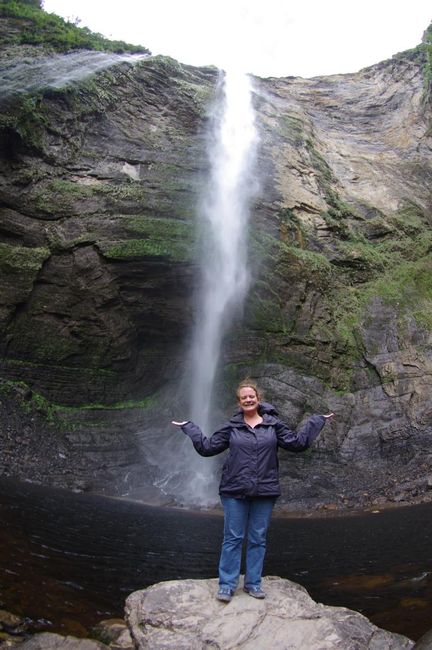
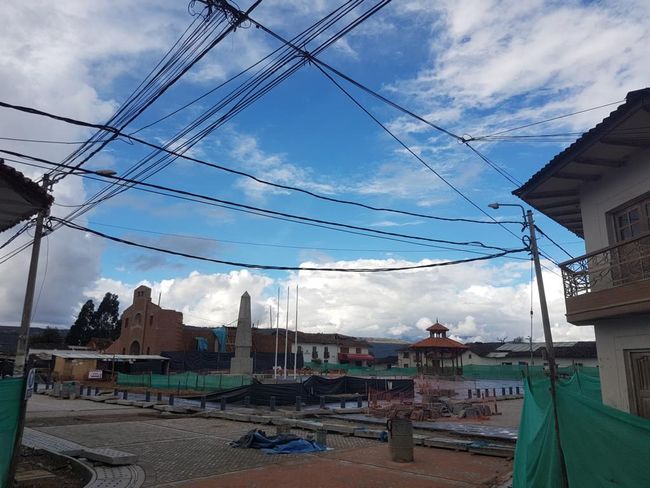
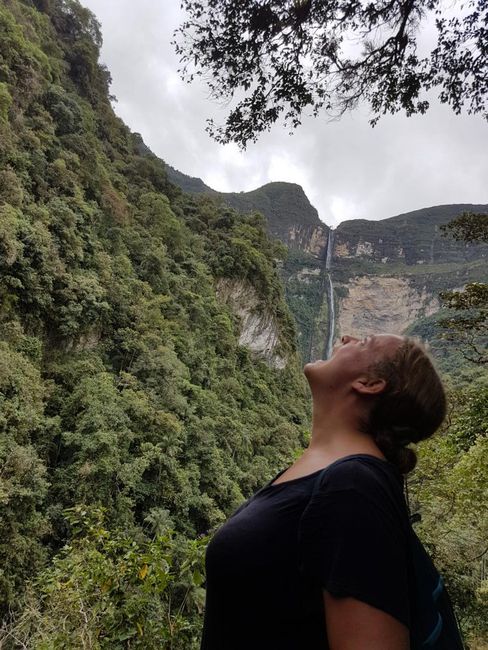
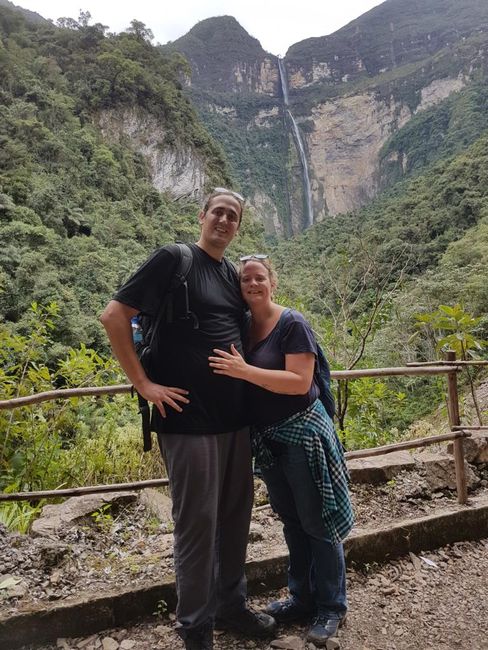
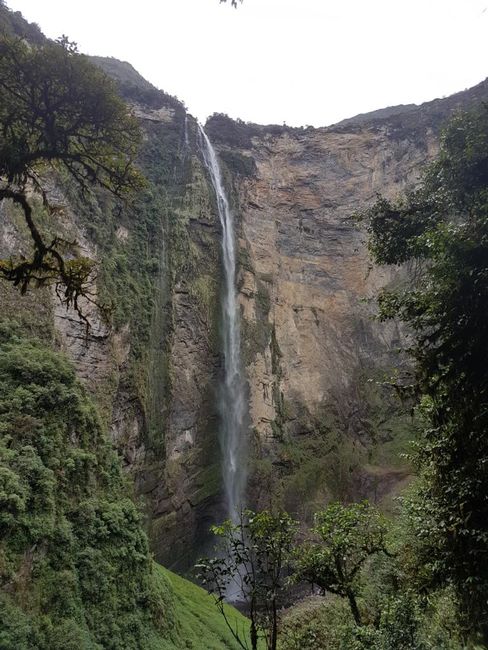
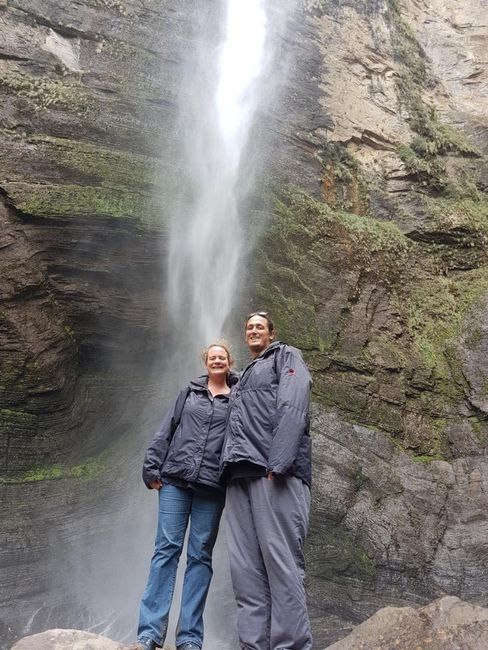
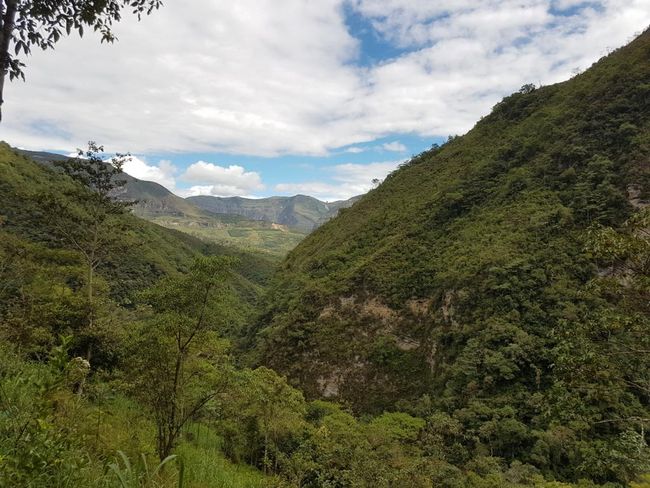
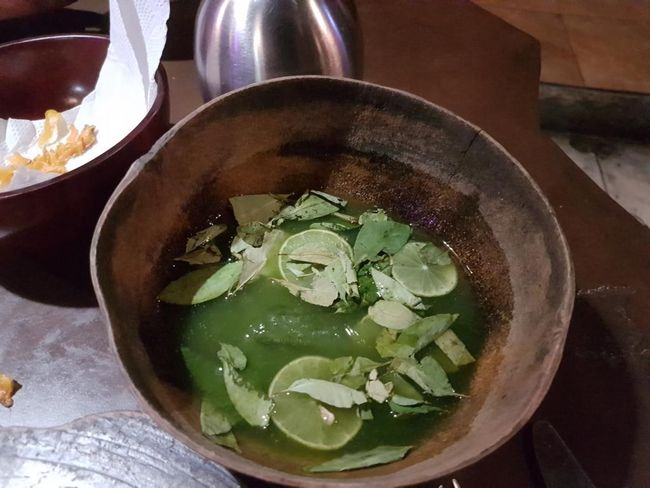
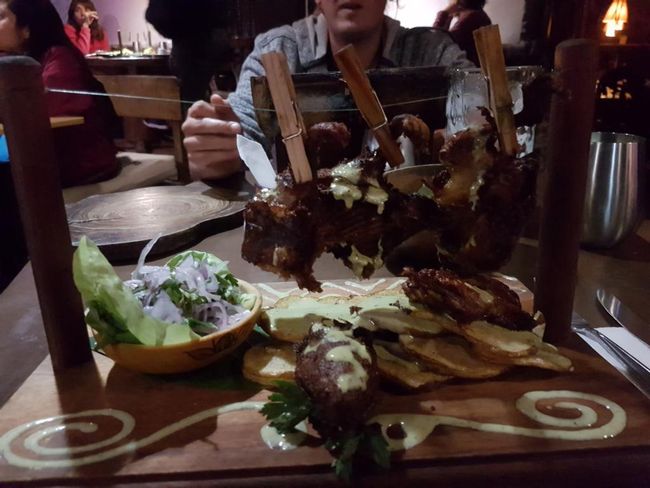
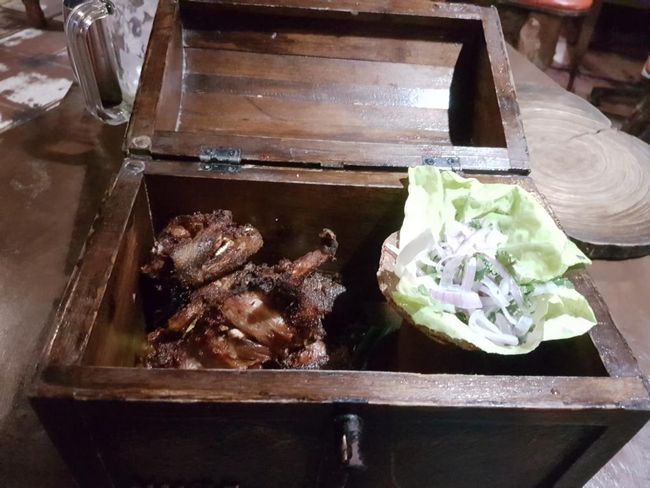
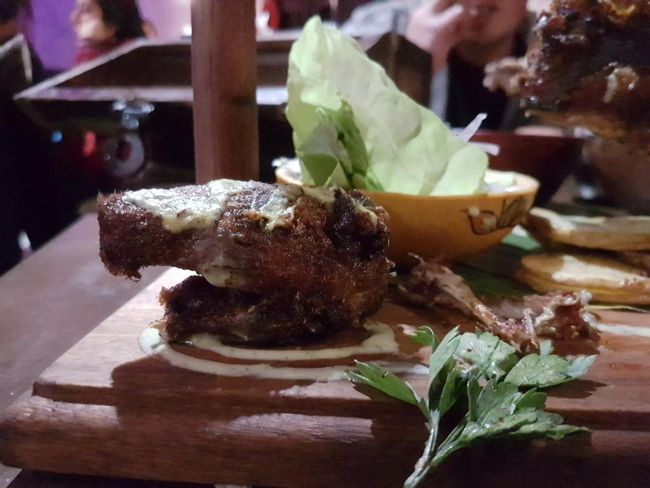
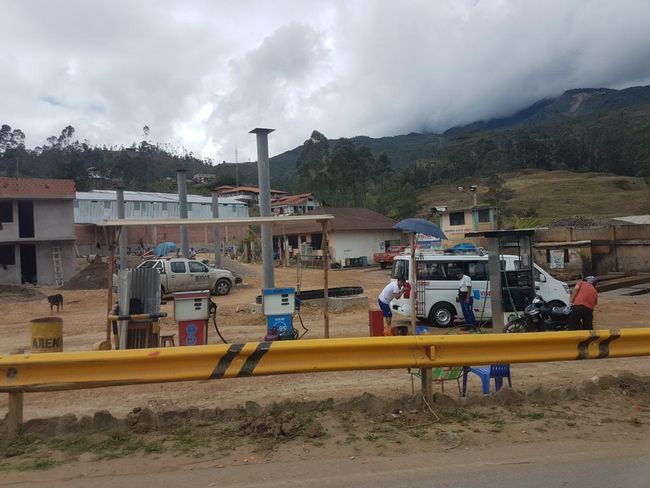
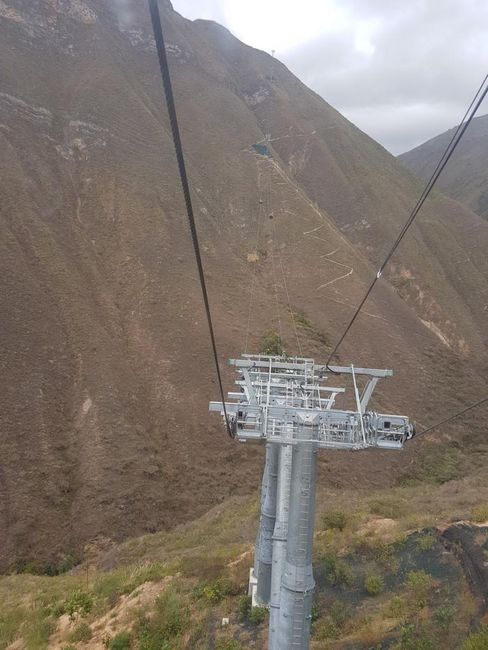
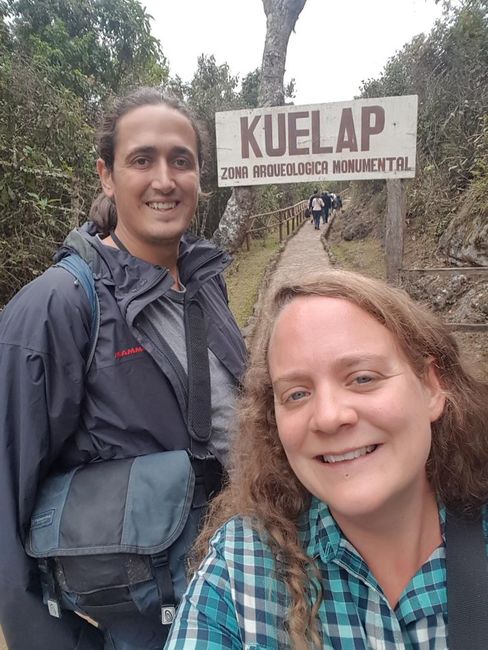
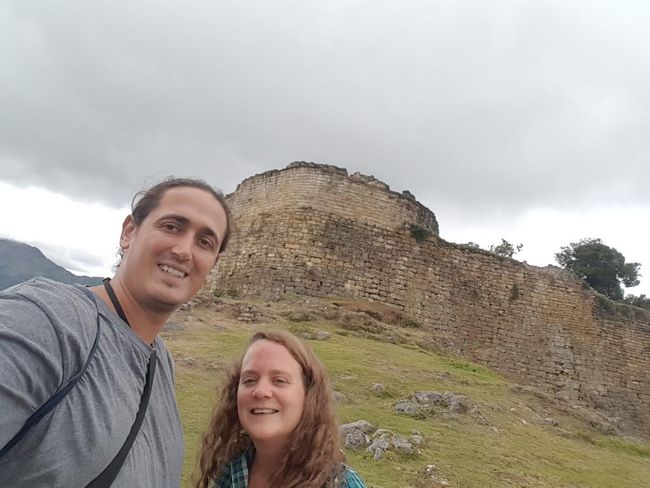
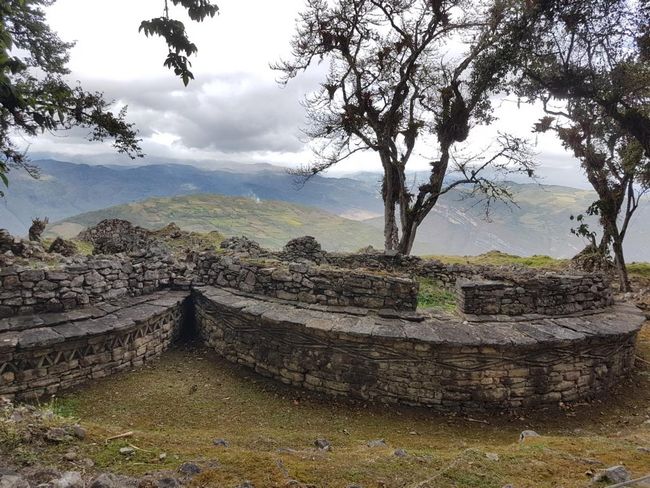
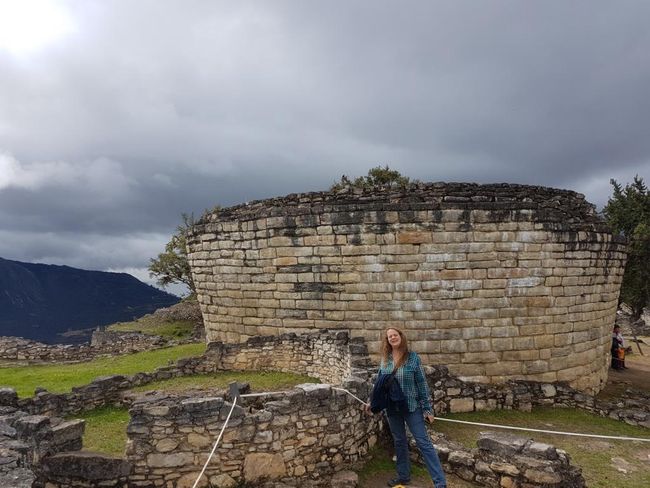
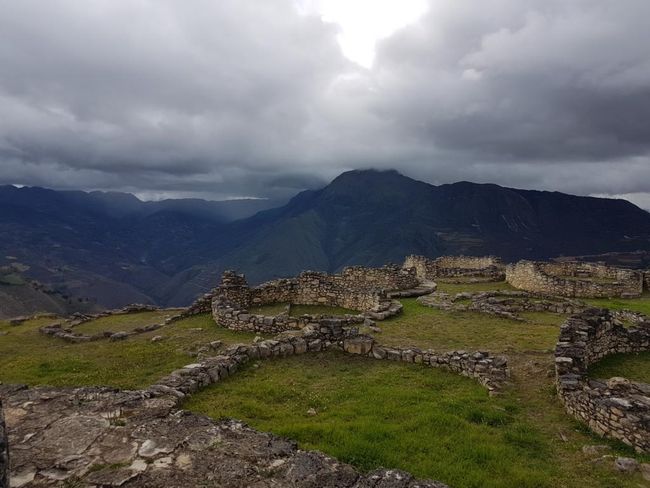
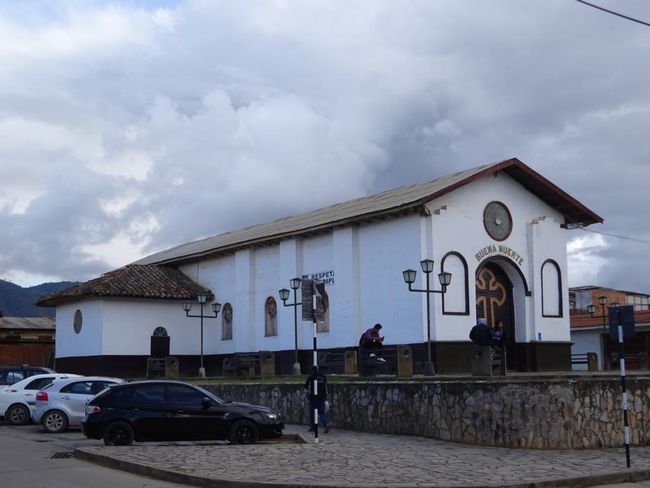
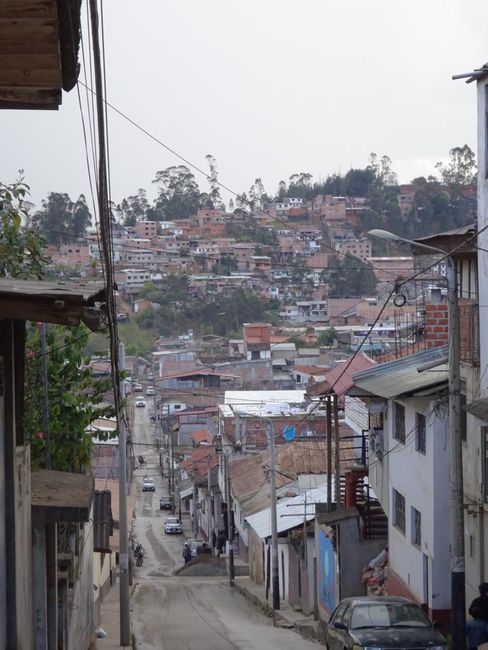
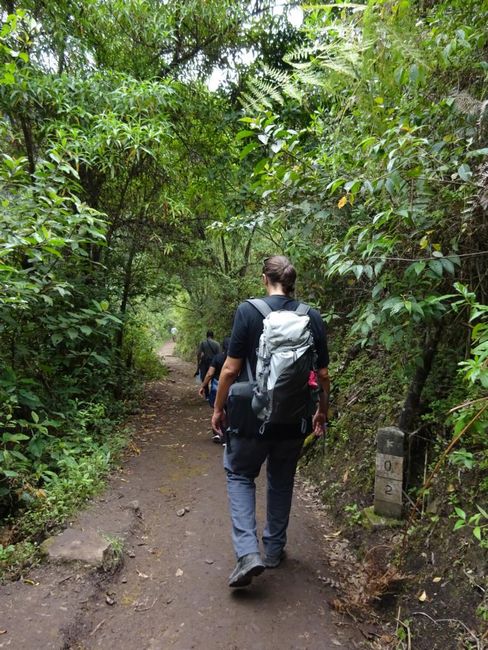
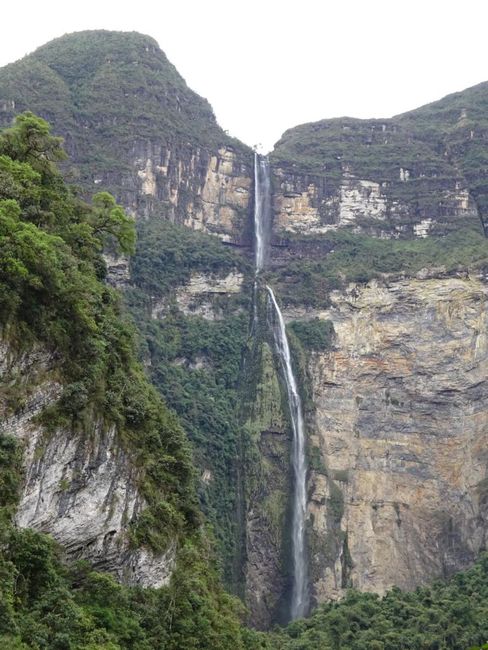
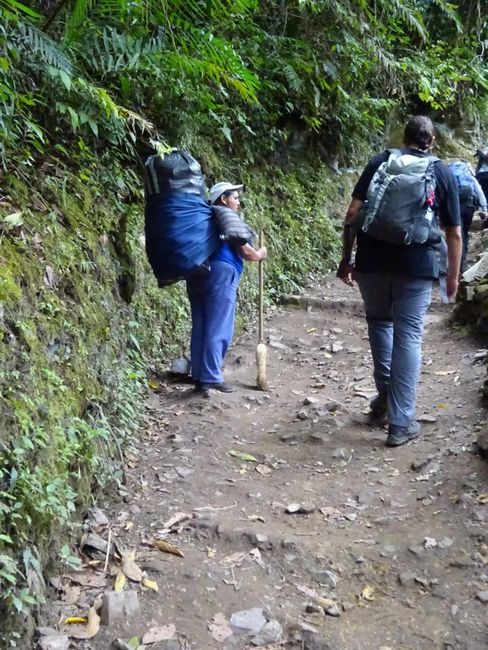
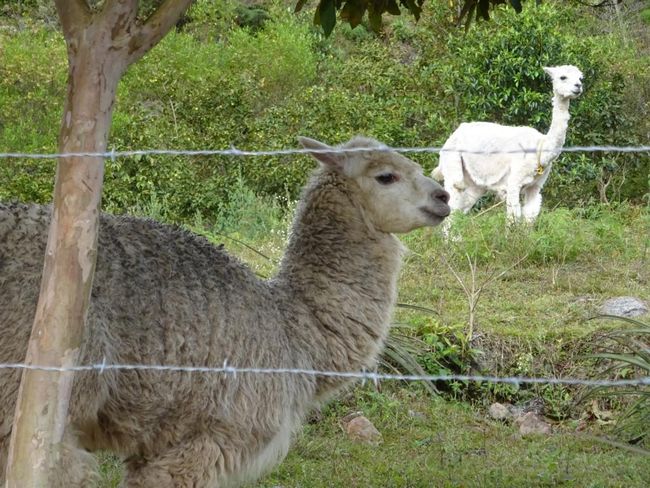
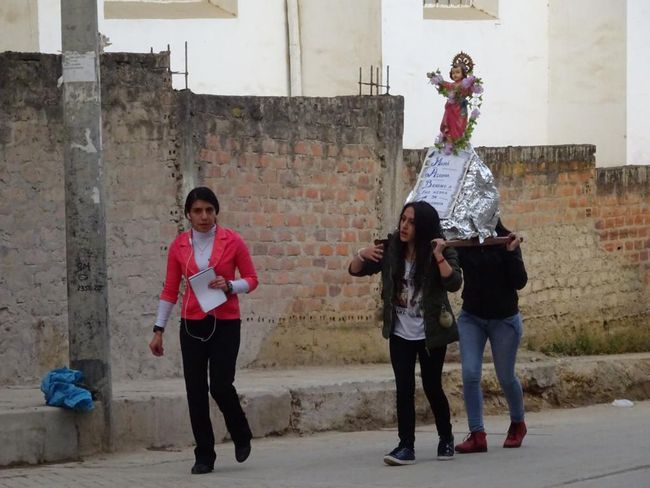
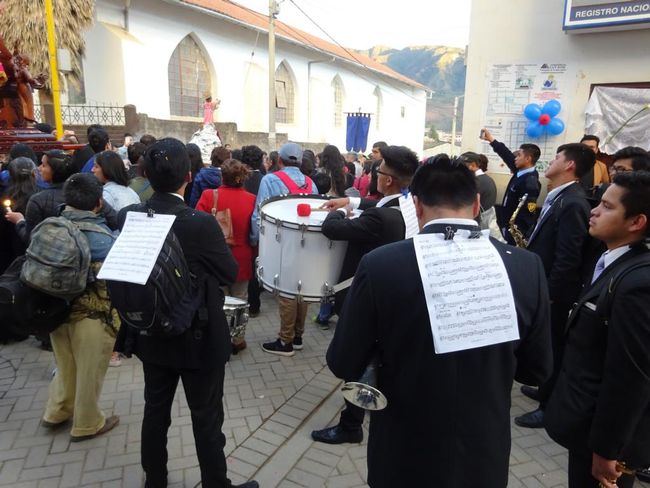
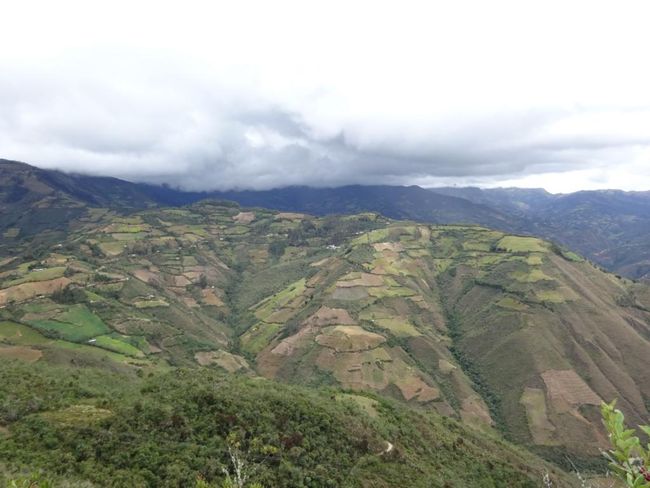
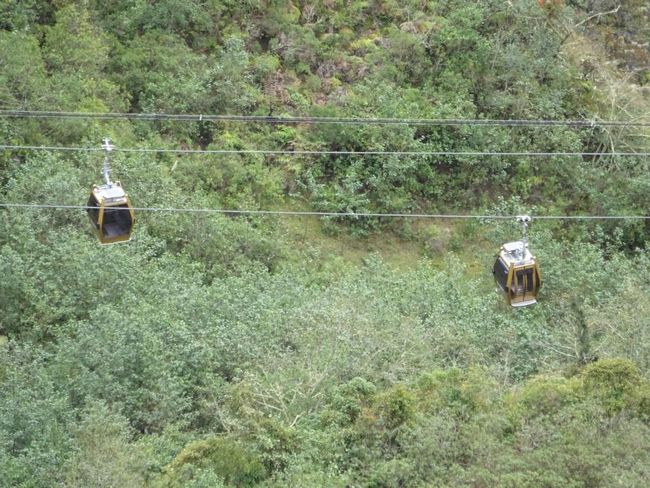
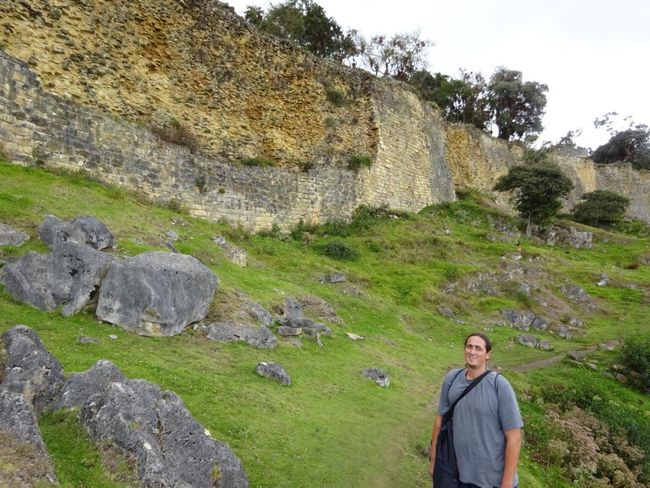
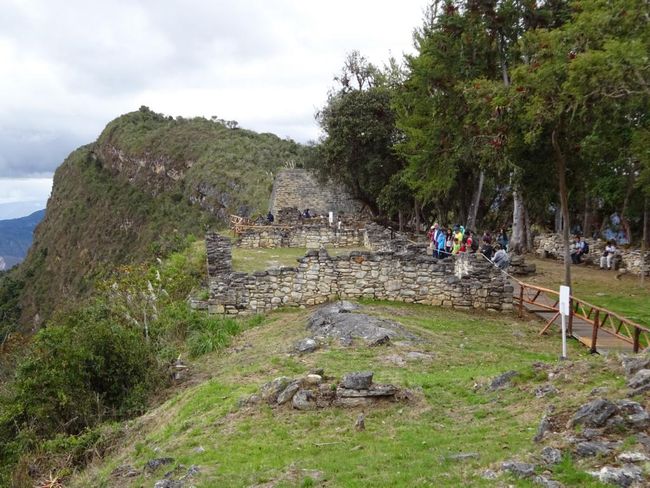
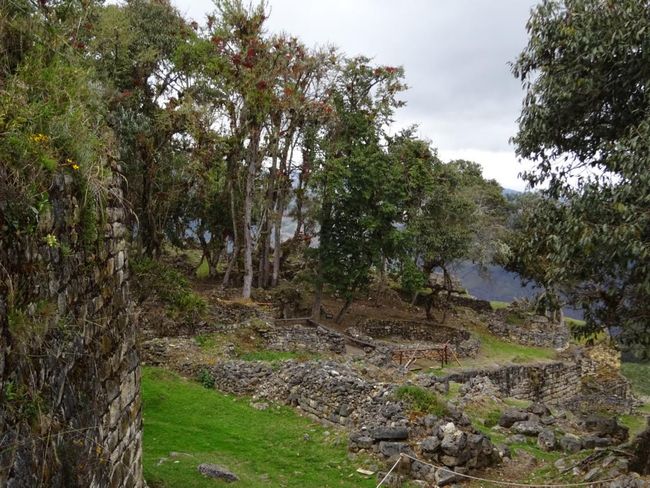
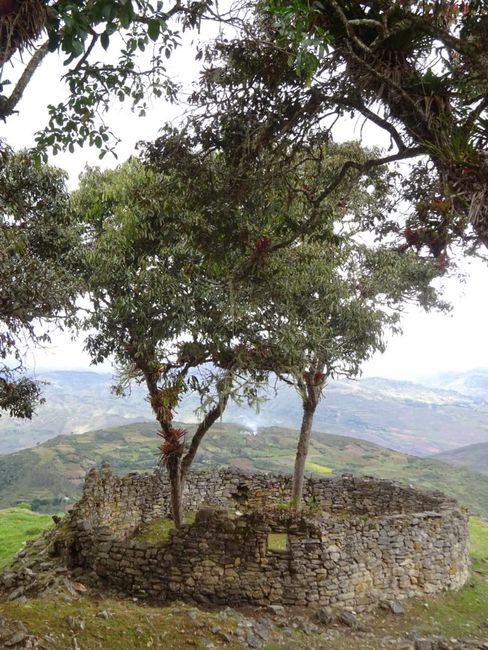
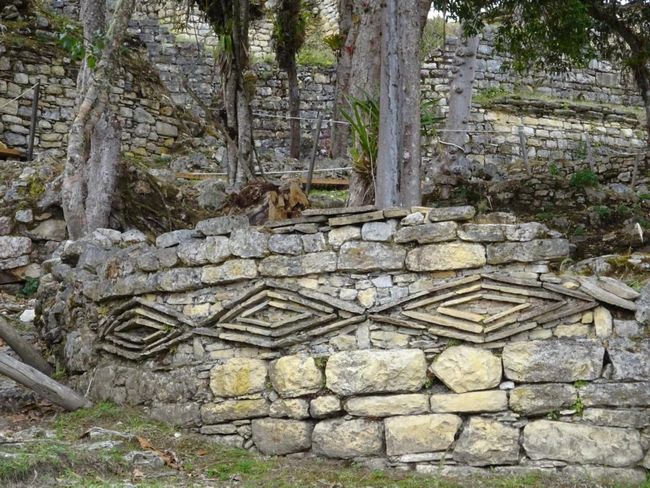
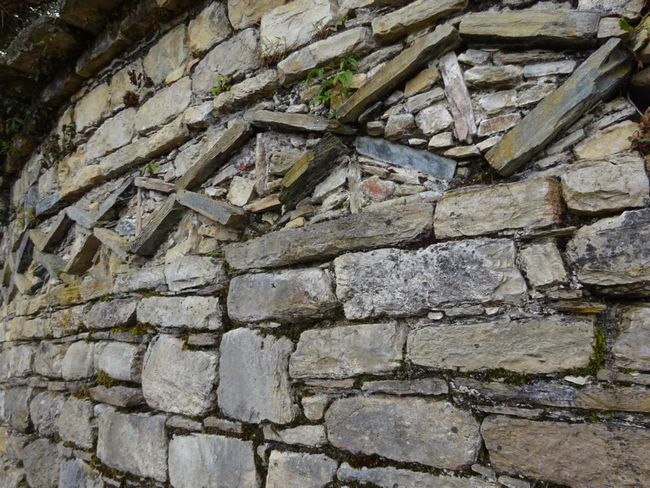
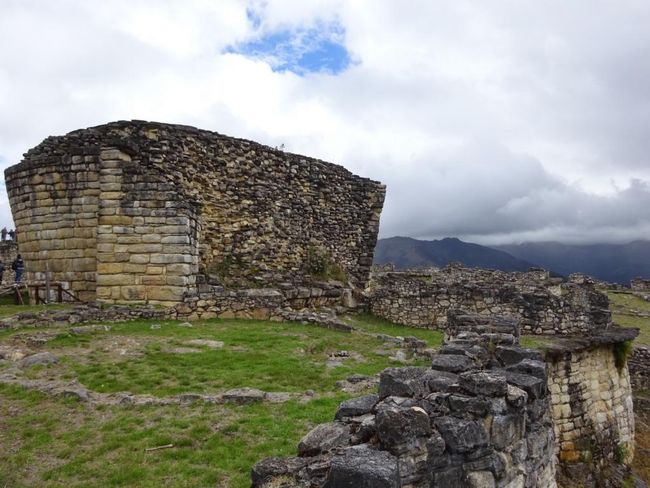
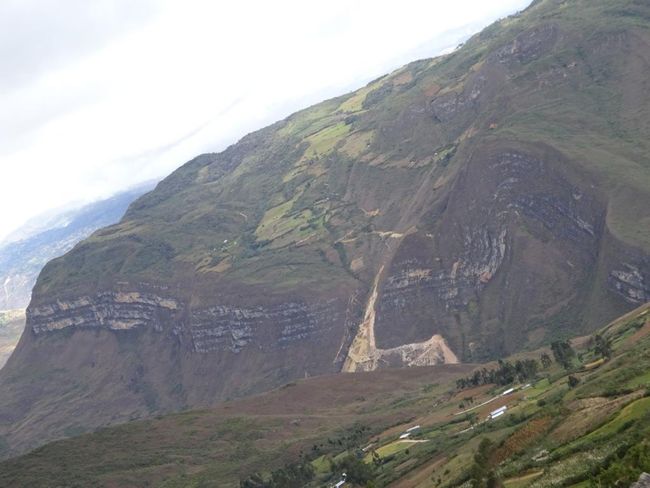
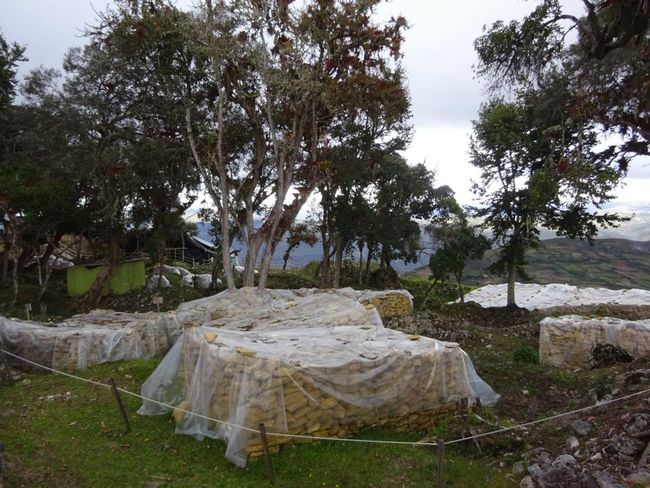
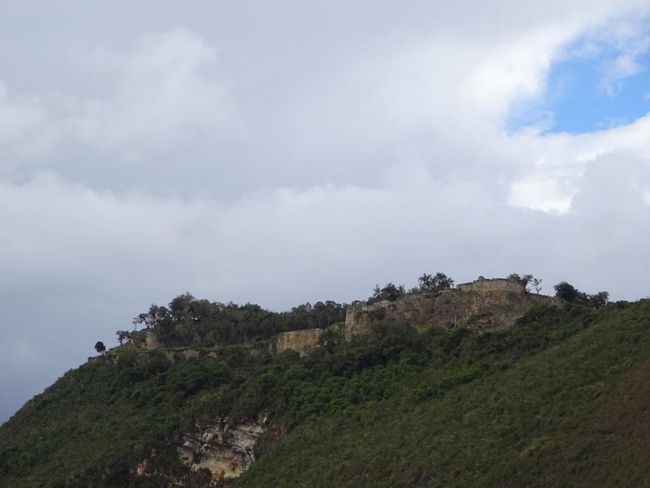
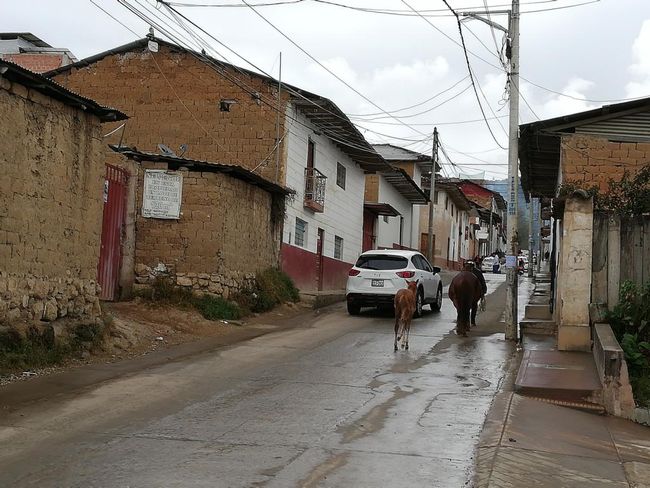
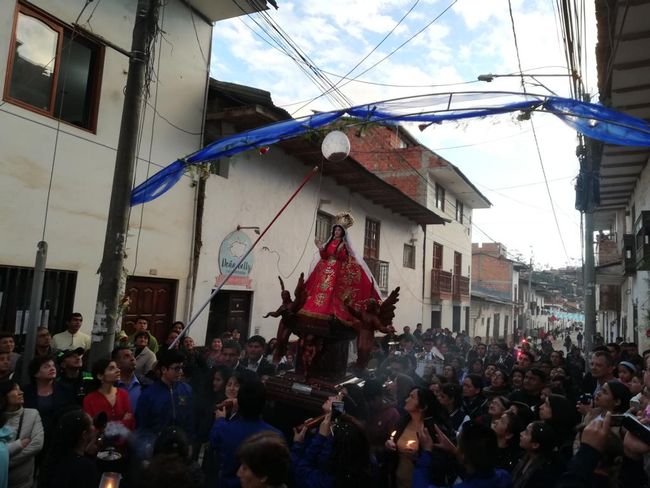
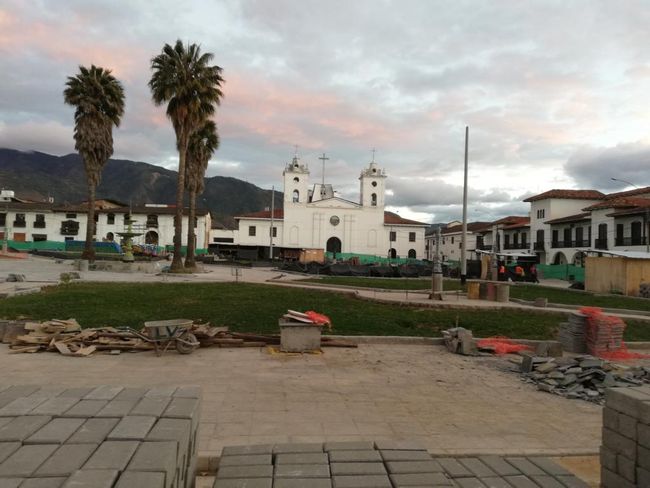
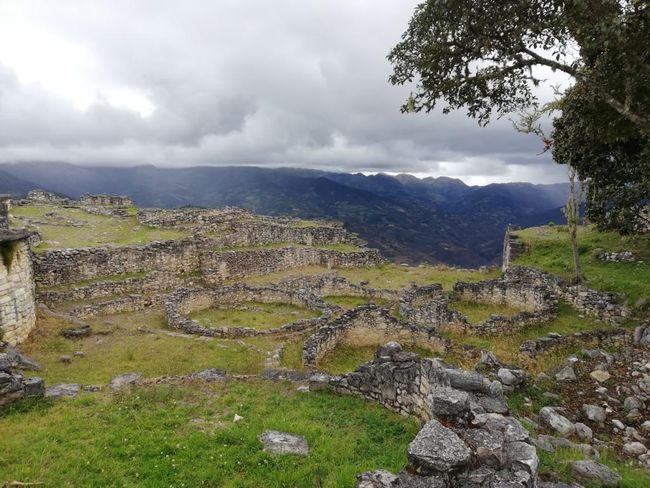
ຈອງຈົດຫມາຍຂ່າວ
From Chiclayo we took the night bus to Chachapoyas. Actually, we always tried to avoid taking night buses so far. This is partly because of the fear of nighttime robberies, partly because of the fear of accidents. In Peru, however, there is hardly any other choice, as there are hardly any daytime connections on long-distance routes, but almost exclusively night buses. Since the distances in this country are very long, you also have the problem that if you take the few buses that start during the day, you will arrive at your destination in the middle of the night. Not very pleasing either. One advantage of night buses is of course that you save the hotel overnight stay. On the other hand, you are never really well-rested after nights of bumpy rides on winding passes. Another disadvantage is that you simply miss the evenings to work on the blog, sort photos, or simply read in peace.
Our regular bus company in Peru has become Cruz del Sur. We would almost take all trips in Peru with this company. It is one of the more upscale and more expensive companies, but a great deal of emphasis is placed on safety, and the company even has an appropriate ISO certificate. For example, there are always 2 drivers on the bus so they can take turns. Many accidents happen because tired bus drivers drive alone in the middle of the night along narrow roads through steep mountains. In addition, you are forced to fasten your seat belts and close the curtains during the trip, as they are supposed to protect you from possible glass shards in the event of an accident with glass breakage. This is a bit annoying, especially for me, as I quickly feel sick on the bus and therefore usually have nothing else to do but look out the window. And that, while Jörg can watch one movie after another. The buses are also very comfortable, each offering a VIP class with wide and comfortable seats that can be tilted 160° backwards. Jörg and I had agreed at the beginning of the trip that we would travel in VIP / 1st class if the journey lasted longer than 8 hours at a stretch. And in Peru, almost every journey takes at least that long. It took about a good 10 hours to get to Chachapoyas.
Although many people had praised Chachapoyas as being beautiful, the city itself has absolutely nothing to offer. To be precise, it is one big construction site. Apparently, every one of the larger squares is currently being rebuilt, apparently because larger flows of tourists are expected here in the future.
We mainly went to Chachapoyas on Jörg's wish. For months, he had been talking about a waterfall that he absolutely wanted to see here, the Catarata Gocta. The two-stage waterfall is one of the highest on earth with a drop height of 771m. However, there is disagreement as to whether it is the 3rd or the 14th highest.
So we booked a trip to Gocta and explicitly stated at the booking that we wanted to hike to the viewpoint at the intermediate stage and not to the base of the waterfall. Claro, claro, no te preocupes, said the lady. (Of course, no worries) A sentence that I am really getting tired of.
Naturally, the tour would start early in the morning, so it was conveniently the evening before, right across from our hotel, that a huge family celebration took place. Birthday or something. In any case, the damn music played until 2 in the morning, so to speak right outside our window, and there was no sleep to be had. Oh great. The concepts of "night rest" and "disturbance of the night rest" are completely unknown in Peru. Oh, how sometimes you long for the "neat and orderly Switzerland", where in such a case you would simply have called the police to shut down the place.
So the next day, we gathered early together with a considerable crowd at the tour office, from where we were then led to the tour buses that would take us to the starting point of the hike. Barely arrived, we realized that we were in the wrong place. In this village, the hiking trail to the base of the waterfall starts, the trail to the intermediate stage starts in another village, as we had read. Naturally, we spoke quite resentfully to our guide about this, to which he only replied that if we didn't like it, we didn't have to come along, and he wouldn't buy an entrance ticket to the park for us either. When we asked if we would then get a refund for the already paid tour, he suddenly seemed to have forgotten Spanish. Grrrrrrrrr...
Well, we had hardly any other choice but to follow the herd if we didn't want to sit in this village all day and wait for the bus back, let alone incur a loss for nothing. Interestingly enough, there were also other foreigners who were under the mistaken assumption that we would hike to the intermediate stage where the famous photo was taken that is hanging everywhere. They explained the mistake by saying that they only spoke English, but that definitely couldn't be the reason, as Jörg and I do speak Spanish. Most people on the tour were Peruvian tourists anyway, and strangely enough, they never complain about anything, but always just trot along faithfully behind the tour guide.
So we hiked for about 3 hours to the waterfall. Of course, there were occasional beautiful views along the way, but you still couldn't see it perfectly from top to bottom, like from the intermediate stage. On the contrary, you had basically already had the same view at the starting point, so you could have saved the 6-hour hike completely.
Anyway, we eventually reached the bottom, where the water plunges into a basin over the last 550m. And despite everything, it has to be said that it was also very interesting to feel the force that the falling water brings here. As soon as you got anywhere near the waterfall, it immediately got windy and cold, and even from quite a distance, you could feel light rain.
Here we took a good hour break, took hundreds of photos again, and had a snack before we started our way back.
One thing I really liked about the tour was that everyone could hike for themselves. The tour guides along the way just made sure that no one got lost or left behind, but otherwise, you didn't have to stay together with your group all the time. Everyone could walk at their own pace, take breaks to rest or enjoy the view. I find that much more pleasant than having to constantly rush to keep up with your group.
Just as we reached Chachapoyas again, we marched straight into a religious procession (once again). Some Virgin was being carried through the city.
In the evening, we experienced another "highlight" of our time in Peru: we would go out for a relaxed dinner tonight and try Cuy for the first time (at least I would), which is roasted guinea pig. I have to say, it wasn't that bad, although it definitely won't become my new favorite dish. If you are hungry, guinea pig can be a good choice, although there isn't much meat on it. What I disliked the most was the fact of having a whole animal on my plate, including paws, head, and something strange that we strongly assumed to be the testicles. We asked the waitress if the head is also eaten? "Siiiiii, claro!" she exclaimed loudly. But I still couldn't bring myself to do it. The head (of course, including the brain) remained untouched, and we didn't finish the whole thing as thoroughly as our table neighbor did, as there were only the glittering clean picked bones left there.
Next day, next nightmare: that's Peru! Because for the next day, we planned to visit the fortress Kuelap, which was built by the Chachapoyas culture and is located near the city of Chachapoyas today. In January 2017, a cable car was opened, making the site much more accessible. At least that's what we read. So we were finally looking forward to a trip on our own, without a guided tour. We also inquired in the city, and we were assured: Yes, the cable car is in operation, yes, it is absolutely no problem to get there, yes, there are buses all day, no te preocupes! (Lessons learned: never believe a Peruvian who says this sentence.)
In the morning, we made our way to the bus station and actually found a collectivo that went to Nuevo Tinga, where the cable car station is located. Collectivos are minivans that offer a certain route, but only leave when they are full. This means that you may have to wait quite a while for the departure. If you are in a hurry, you can of course also pay for the empty seats and off you go. Just for fun, we had calculated that it sometimes even turns out to be cheaper to charter a whole collectivo for yourself than to take a taxi for 2 people for the same route. Collectivos are also common in Central America, so we already have experience with them.
When we finally arrived at the cable car station in Nuevo Tingo after about 2 hours of travel, we also asked the driver of our collectivo until when the buses would be running back from here? They run exactly from here until late in the evening, he said, no te preocupes. We asked the same question again to an employee of the cable car, same question, same answer, no te preocupes.
Stupidly, however, the cable car doesn't even start in Nuevo Tingo. At the valley station, you first buy the tickets, then you are assigned a departure time, and then you have to board a bus that takes you to the actual starting point of the gondola lift. What nonsense. Typical Peruvian job creation.
The cable car is, of course, a European product, and it was quite amusing to watch the locals ride a cable car for the first time. Before boarding, there was a safety briefing. Then, with painted footprints on the floor, it was precisely specified where each passenger should stand when the door of the 8-person gondola opens. And heaven forbid, if passenger No. 3 doesn't stand exactly on footprint No. 3! During the ride, the splendid engineering achievement was admired and people discussed in experts' terms how exactly everything works. Jörg and I, on the other hand, could only muster a tired yawn for that.
However, the view from the panoramic gondola was truly spectacular. The cable car traverses or flies over a huge, dizzyingly deep valley.
The huge ruin was quite interesting, with signs marking a circular tour that we had to follow. The fortress is surrounded by an imposing wall, and inside there are remains of round houses on different levels that served as living areas, as well as ceremonial areas. In some places, you can still admire decorations in the form of reliefs on the stones.
In the middle of the tour, we noticed that the cable car had stopped. Feeling a bit uncertain, we asked a tour guide about the reason, who first made fun of us and said that the facility runs on solar power and the sun doesn't shine, so we would have to walk back. Hahaha. Another guide then explained to us that it was just (what else) lunchtime, and the gondolas would be shut down then. Who would believe such a thing! Imagine, during the sports holiday season in Davos Klosters, exactly at 12 o'clock, the cable car would be shut down for lunch. There would probably be a mutiny.
When we finished the tour, we looked out for collectivos at the valley station, but there were none. When we asked, an employee said they don't leave from here, we would have to walk down to the central square of Nueva Tingo to catch one there. That couldn't be true! But well, what choice did we ultimately have, so we started walking. When we arrived at the central square, we didn't find a collectivo, but a long line of people waiting for a bus. So we joined the line...and waited...and waited...but no bus came. In the meantime, the line had become considerably longer, and interestingly, it was mainly Peruvians who had also been told that there was no problem getting back to Chachapoyas, that there were plenty of buses.
Eventually, a bus came by that had only 3 free seats. And Jörg and I were about 10th in line. It couldn't be happening! In the meantime, resourceful women had set up a grill stand right next to the line, where they offered chicken skewers.
Eventually, a second bus came by. The driver assured us that he would just quickly drop off his passengers in the village and then he would come back and drive back to Chachapoyas. The bus was never seen again.
We waited there for about 2.5 hours and were slowly becoming desperate. After all, we had already bought bus tickets for the same evening and not only that, we had even checked in our luggage at the bus company in the morning. What the hell would happen to our luggage if we missed the bus? I tried to fight back the steadily rising hysteria.
The Peruvian tourists also became upset about the situation, while the passing locals repeatedly assured that a bus would eventually come. But none came. All complete idiots! Who builds a damn cable car up the mountain for so much money without a proper public transport connection? What kind of damned nonsense is that?
The inhabitants of the village who had a car could have earned a fortune by picking up people, but apparently, there was no motivation.
In the meantime, we had also started to stop the buses of the guided tours, but they were already full too. Some tourists had even walked to the next village in the hope of having better chances there. It was just heartbreaking.
Eventually, a man came by, the savior in need, and said he had a car, but only 4 seats. Immediately, the 5-member family at the very front of the line started arguing that they had an old woman and a child with them, and the child is very small, so they would fit in (actually, it wasn't that small anymore). Well, Jörg's and my argument was more convincing. Of course, we didn't really want to do it, it was unfair and not the friendly way to let the arrogant Swiss show off, but sometimes everyone just thinks of themselves first. The magic words were simply: pagamos el doble! (We pay double!). In the end, we actually paid about 16 CHF instead of 8 CHF. Considering the fact that the already booked night bus cost about 4 times as much and the missed trip would have been wasted, that was an acceptable price for us. Adriana and her mother, whom we had gotten into conversation with during the wait, also joined us, so at least we still had an older woman on board.
In the end, fortunately, we arrived in Chachapoyas on time, so we even had a short time to eat something before we would start the long journey back to Lima.
ຈອງຈົດຫມາຍຂ່າວ
ຄໍາຕອບ

ລາຍງານການເດີນທາງ ເປຣູ

